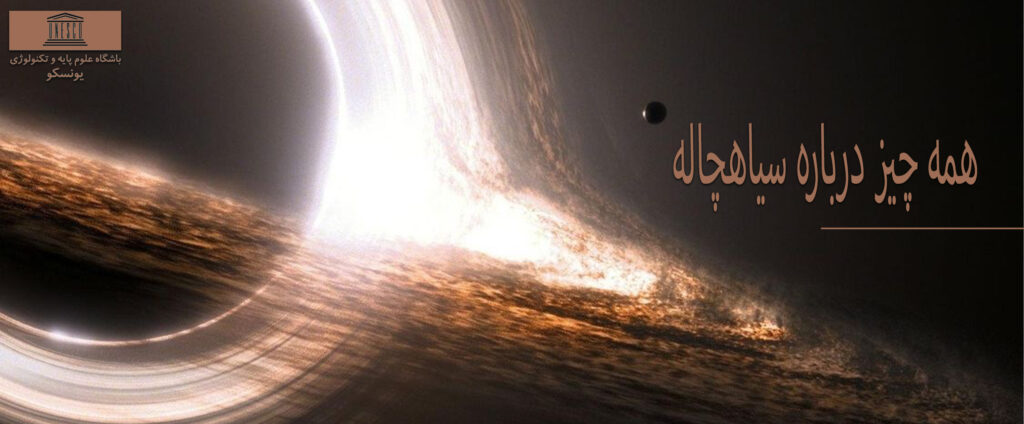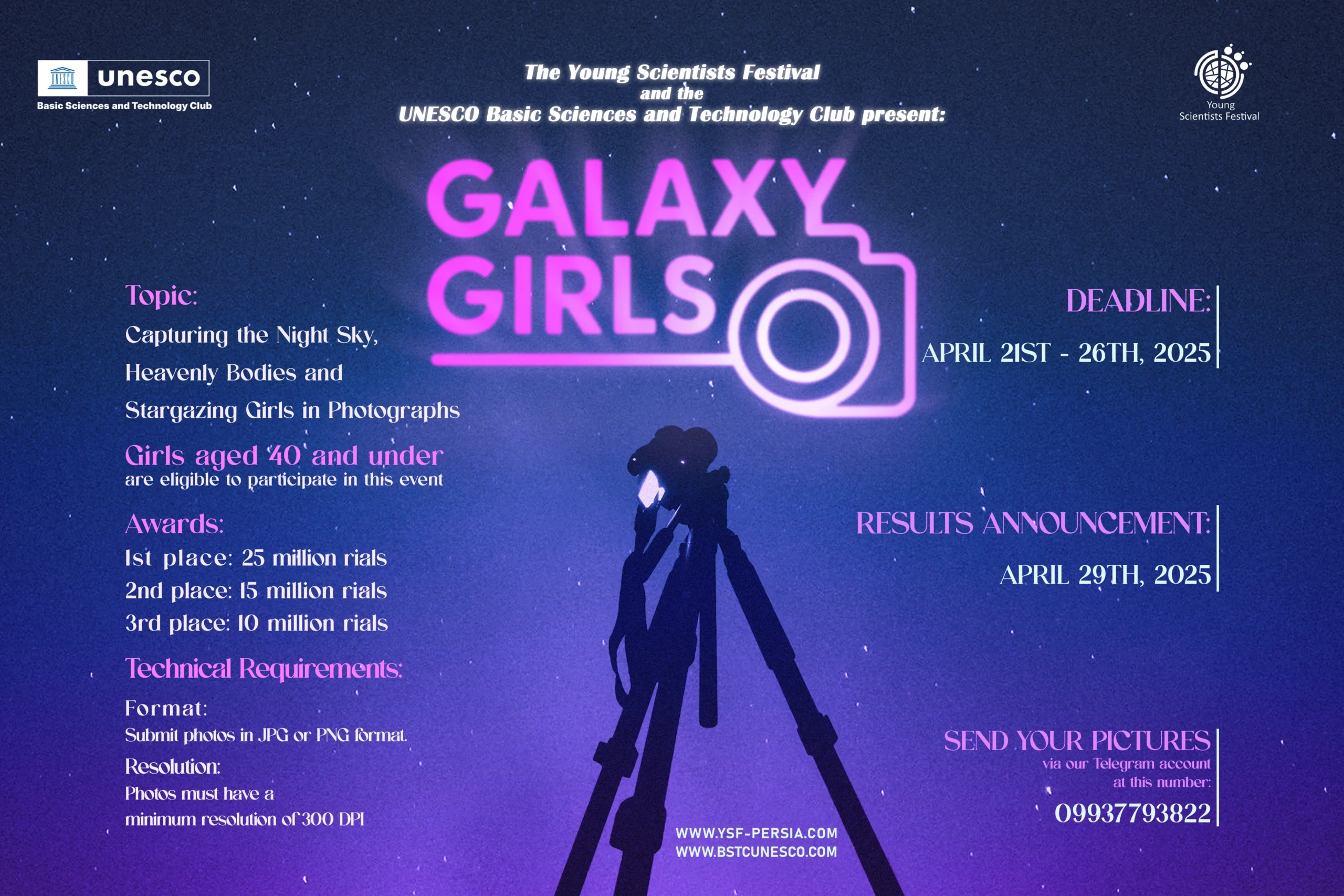A black hole is a place in space where the gravitational pull is so strong that not even light can escape. In fact, in a black hole, matter is compressed into a small space, creating a very strong gravity. This can happen during the death of a star.
Because light cannot escape from black holes, we humans are unable to see black holes. Space telescopes with special equipment can help find black holes. These telescopes, with special equipment, can find out how stars that are close to black holes behave differently from other stars.
How big are black holes?
Black holes come in all sizes, they can be large or small. According to scientists, the smallest black holes are as small as an atom. These black holes are very small, but their mass is equivalent to a large mountain. (Mass is the amount of matter in an object.)
Another type of black hole is called a “stellar” black hole. Its mass can be up to 20 times the mass of the Sun. There may be many stellar black holes in Earth’s galaxy. Earth’s galaxy is also called the Milky Way Galaxy.
The largest black holes are called “supermassive” black holes. These black holes have a mass greater than a million suns. Scientists have found evidence that every large galaxy has a supermassive black hole at its center. The supermassive black hole at the center of the Milky Way Galaxy, called Sagittarius A, has a mass equivalent to about 4 million suns and is located inside a very large ball that could hold several million Earths.
How do black holes form?
Scientists believe that the smallest black holes formed when the universe began.
Stellar black holes are created when, The center of a massive star collapses in on itself due to the intense pressure. This creates a “supernova.” A supernova is an exploding star that ejects part of its mass into space.
Scientists believe that supermassive black holes were formed at the same time as the galaxy they are in was formed.
If black holes are “black,” how do scientists know they exist?
Black holes are invisible because their strong gravity pulls all light into their center. But scientists can see how the strong gravity affects the stars and gas around the black hole. Scientists can study stars to see if they are orbiting the black hole or orbiting it.
When a black hole and a star are close together, energetic light is produced. This light cannot be seen with the naked eye. Scientists use satellites and telescopes to see the high-energy light in space.
Can a black hole destroy Earth?
Black holes do not orbit in space to devour stars, moons, and planets. The Earth will never fall into a black hole because no black hole is close enough to the solar system to pull the Earth into it, and the Sun will never become a black hole because the Sun is not large enough to form a black hole.
How does NASA study black holes?
NASA uses satellites and telescopes orbiting in space to further explore black holes. These spacecraft help scientists answer questions about the universe.


